Seohuri Forest (서후리숲)
13.5Km 2025-10-27
200 Geobukbawi 1-gil, Seojong-myeon, Yangpyeong-gun, Gyeonggi-do
Seohuri Forest opened in 2014 with beautiful nature. The forest is comprised of a variety of tree species in different clusters, including pine nut, maple, metasequia, ginkgo, birch, and more. The forest features two walking paths, each taking around 30 minutes to complete.
Eobigyegok Valley (어비계곡)
13.7Km 2024-02-29
Gail-ri, Seorak-myeon, Gapyeong-gun Gyeonggi-do
+82-31-580-2114
Eobigyegok Valley, originating from Eobisan Mountain, is aptly named 'Eobi' ('flying fish') as visitors can often witness fish leaping from the valley's crystal-clear waters. The constructed walkway, meandering alongside fountains and through valleys, provides stunning scenic views. In winter, the valley transforms as a 25-meter natural ice wall forms around the palgakjeong pavilion, offering a breathtaking spectacle. Nearby attractions such as Yumyeongsan Mountain, Chorongi Dungjimaeul Village, and the Edelweiss Swiss Theme Park also offer unique experiences and are definitely worth a visit.
Sujongsa Temple (수종사)
14.0Km 2023-06-22
186, Bukhangang-ro 433beon-gil, Namyangju-si, Gyeonggi-do
+82-31-576-8411
Sujongsa Temple is a branch temple of Bongseonsa Temple, located near the top of Ungilsan Mountain. Amazing views from Sujongsa Temple include various mountaintops and the Bukhangang River. While records are not entirely clear, it is believed that the temple was built in 1439 during the Joseon period. The temple went through many reconstructions and expansions, but ultimately was entirely destroyed during the Korean War. In 1975, Monk Hyegwang began reconstructing the temple, starting with Daeungbojeon Hall and slowly expanded the temple site subsequently.
Saekhyeon Tunnel (색현터널)
14.2Km 2024-02-06
Sangcheon-ri 1628-3, Cheongpyeong-myeon, Gapyeong-gun, Gyeonggi-do
Saekhyeon Tunnel, spanning 423 meters in length, was first opened in 1939 and functioned as part of the Gyeongchun Line railway up until 2010. After the railway line was rerouted, the tunnel found a new purpose as a section of the Bukhangang Bike Path. It has also earned the nickname "Moss Tunnel" due to the moss that has grown around its entrances. The tunnel, especially known for its distinctive round entrances, has become a favored location for photography enthusiasts.
Hanwha Resort Yangpyeong (한화리조트 양평)
14.5Km 2025-03-16
188, Sinchon-gil, Yangpyeong-gun, Gyeonggi-do
+82-31-772-3811
Hanwha Resort Yangpyeongis located at a quiet location on the foot of Jungmisan Mountain. The white building surrounded by the mountains looks very harmonious with the nature. Visitors can enjoy fresh air provided by the mountains to release stress and worries.
Sottukkeong Dak Bokkeumtang (솥뚜껑닭볶음탕)
14.7Km 2024-02-15
130-18 Eobisan-gil, Seorak-myeon, Gapyeong-gun, Gyeonggi-do
Spicy Braised Chicken, a staple in Korean cuisine, is prepared by stewing chicken pieces with a fiery blend of red pepper powder and various seasonings. It’s a dish that complements rice perfectly. Here, the chicken is simmered in a sizeable metal pot with a flat lid, a method that not only retains heat better but also infuses a distinctive flavor and a touch of the chef’s personal care into every bite. The dish’s flavor is enhanced when paired with seasoned green onions, adding a crisp, spicy kick. Following the main course, the leftover sauce is used to stir-fry rice into the visually appealing and tasty Fried Rice Art, often shaped into a heart, delighting both the palate and the eyes. Nearby, guests can hear the gentle flow of a stream and have access to the valley via stairs, offering a chance to indulge in some light water activities after their meal.
Water Garden (물의정원)
15.0Km 2023-07-27
398 , Bukhangang-ro, Namyangju-si, Gyeonggi-do
Namyangju Water Garden was created as a waterside ecological park with a vast area of 484,188 ㎡ created by the Ministry of Land, Infrastructure, and Transport as part of the Hangang River Restoration Project in 2012. For residents living nearby, the water garden is a neighborhood park visited to enjoy jogging and riding along the promenade and bicycle path. It is also a great tourist destination for travelers.
Aank Air Hotel Gapyeong (늑에어 호텔 가평점)
15.5Km 2025-04-09
6 Jojonghuimang-ro 5beon-gil, Jojong-myeon, Gapyeong-gun, Gyeonggi-do
Aank Air Hotel Gapyeong offers offers a variety of theme-based room types tailored to every guest's needs, such as a business room, 2 PC room, movie room, lounge room, and a jacuzzi spa room. The hotel also has a parking lot, a guest lounge, and mini massager for rent.
Yangpyeong Paragliding Park (양평패러글라이딩파크)
15.5Km 2024-03-20
49 Dongmak-gil, Okcheon-myeon, Yangpyeong-gun, Gyeonggi-do
Yangpyeong Paragliding Park is a place where one can fly freely in the sky at 862 m, the highest altitude available in Korea, and take a walk in the clouds. Tandem flights are available for two people as a group with a pilot, so anyone can enjoy a two-seat tandem flight safely. Visitors can choose from several courses, including a relaxing course flying without taking any photos, a couple course where two gliders fly close together, and a special course to learn how to pilot oneself. Aside from the relaxing course, all courses can take videos and photos, making it great for making memories. The duration is about 10 to 25 minutes. The park may be closed due to weather conditions such as rain or strong winds, so please check in advance before visiting.
Café Rino (카페리노)
16.0Km 2024-02-23
32-1 Yangsu-ro 152beon-gil, Yangseo-myeon, Yangpyeong-gun, Gyeonggi-do
Café Rino, located with views of the Bukhangang River, serves a variety of freshly baked pastries and beverages prepared each morning. Notable items on the menu are Korean-style beverages, such as ssuklatte (mugwort latte) and Gyeongsan daechucha (Gyeongsan jujube tea). The café also grants access to a walking path along the river. Staying open until two in the morning every day, it provides visitors with the opportunity to enjoy the changing views of the Bukhangang River from day into night.
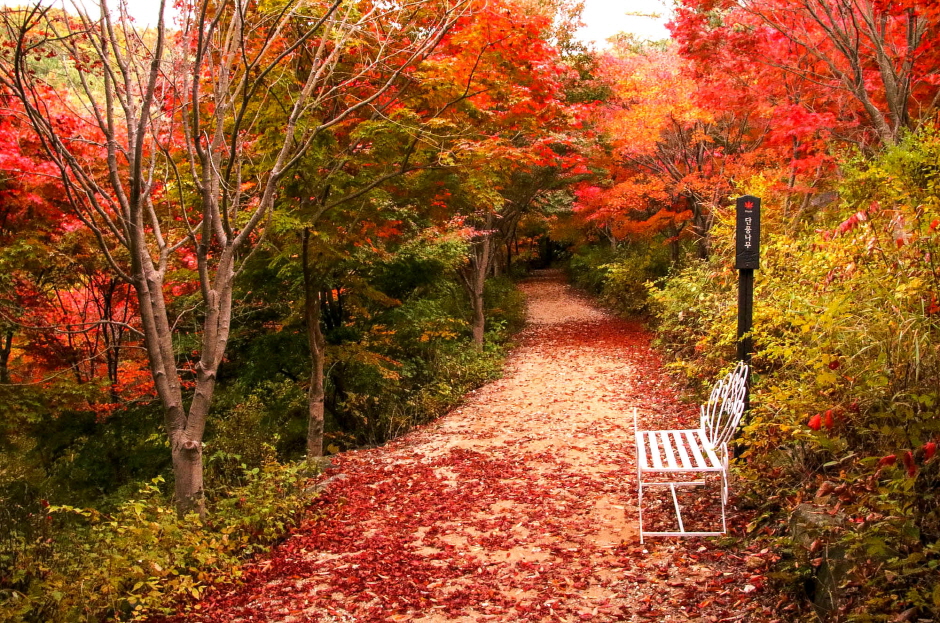
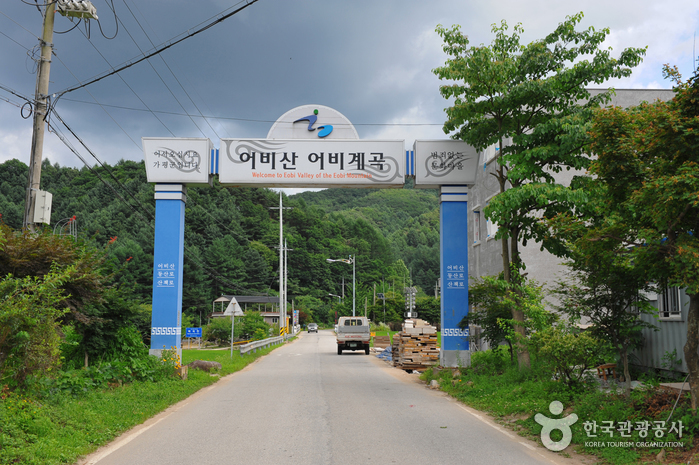
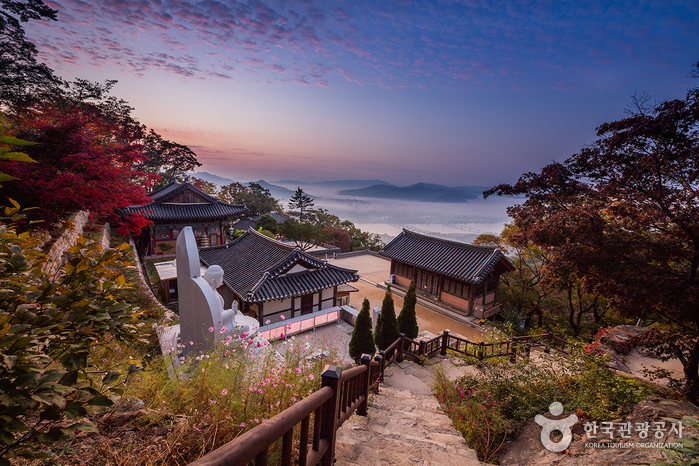

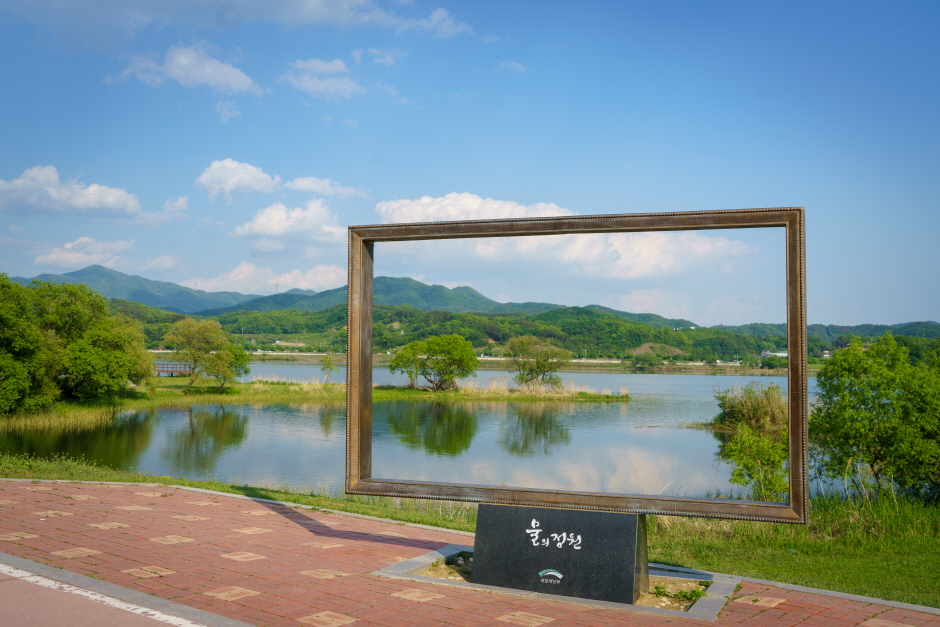
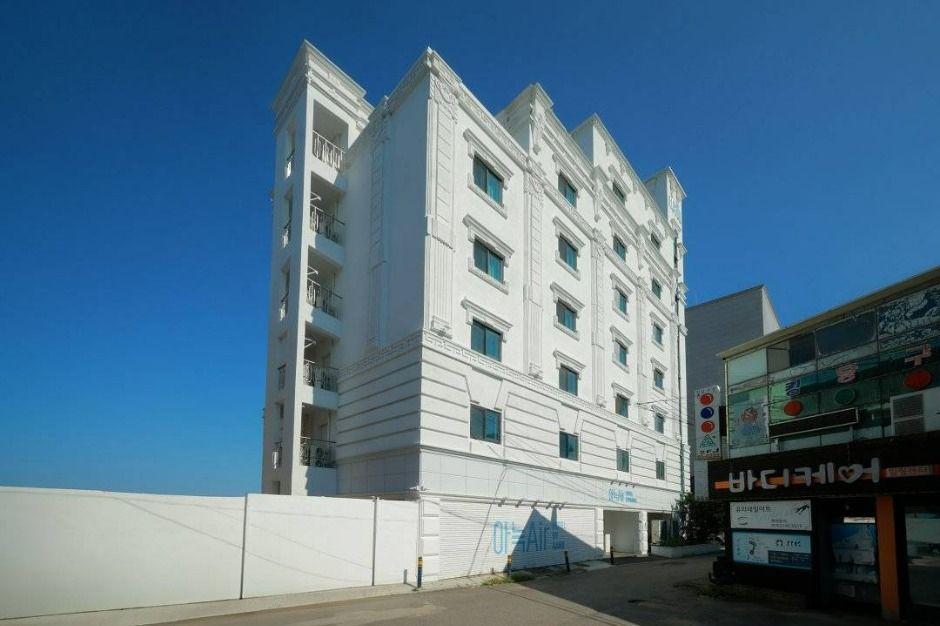
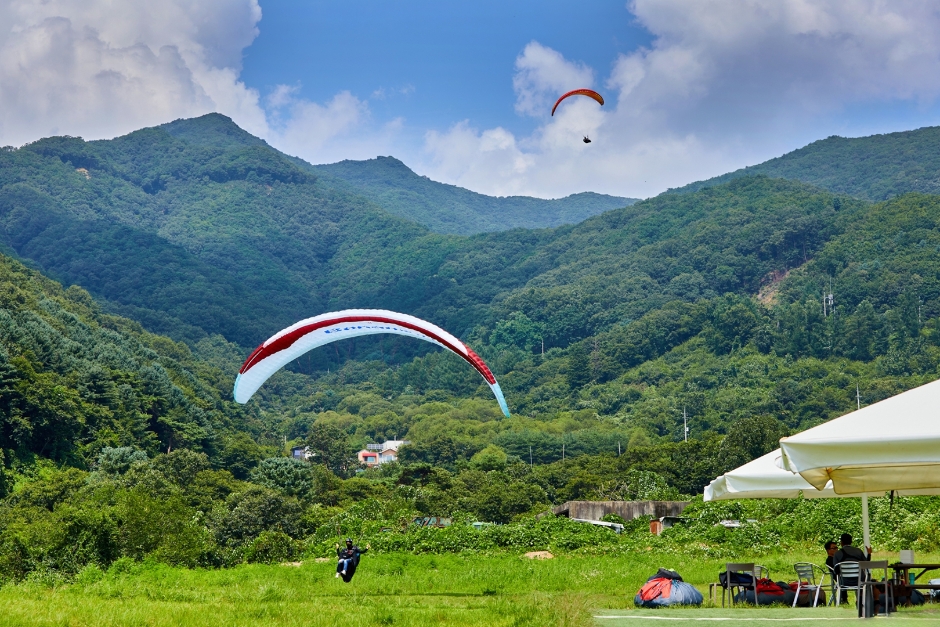
 English
English
 한국어
한국어 日本語
日本語 中文(简体)
中文(简体) Deutsch
Deutsch Français
Français Español
Español Русский
Русский